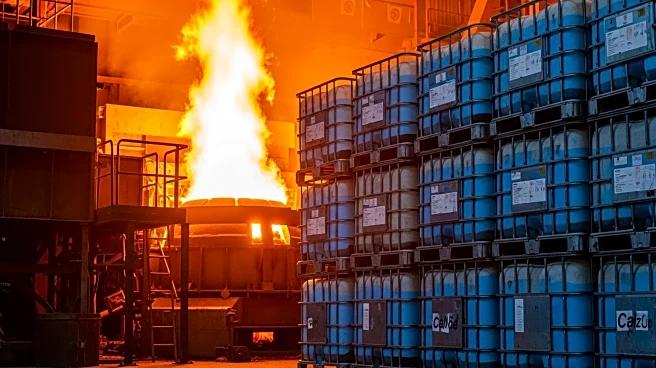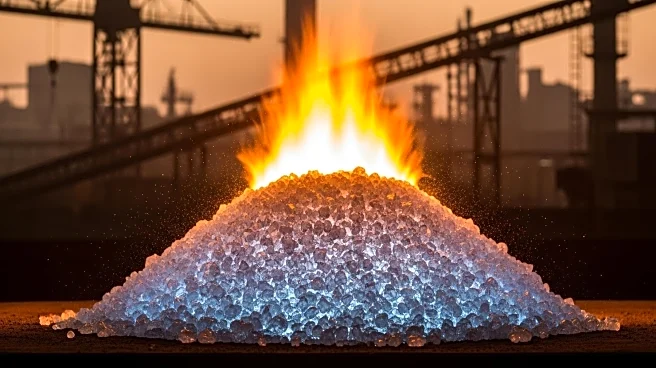What's Happening?
The Engineering and Construction Cost Indicator, a measure of wage and material inflation in the engineering, procurement, and construction sector, showed a net decline to 58.6 in September from 63.0 in August. Despite this decline, the index still indicates upward pricing pressure. The sub-indicator for materials and equipment costs rose by 5.2 points to 55.5, while subcontractor labor costs decreased to 66.0 from 68.5 in August. Notably, copper-based wire and cable saw a significant decrease of 25.0 points. However, prices for turbines, fabricated structural steel, and ANSI pumps and compressors increased. The six-month expectations for future construction costs rose slightly to 75.9, with ten out of twelve categories experiencing decreases, including alloy steel pipe and carbon steel pipe.
Why It's Important?
The slowdown in construction costs could have significant implications for the U.S. construction industry, which is a critical component of the national economy. A decrease in costs may alleviate some financial pressure on construction companies, potentially leading to increased project initiation and completion rates. However, the continued upward pressure on prices suggests that inflationary trends are still present, which could impact profit margins and project budgets. Stakeholders in the construction industry, including contractors and developers, may need to adjust their financial strategies to accommodate these mixed signals.
What's Next?
As the construction industry navigates these cost fluctuations, companies may need to reassess their supply chain strategies and project timelines. The industry could see increased focus on cost management and efficiency improvements to mitigate the impact of rising material costs. Additionally, stakeholders will likely monitor economic indicators closely to anticipate further changes in construction costs and adjust their operations accordingly.










